Indoor Portraits? Use Natural Light!

Sure, the pros may use a wide array of expensive lights to take their studio portraits of celebrities. But you can pay nothing and get unique indoor portraits with just one—the Sun.
Portraits are among the most frequently taken types of pictures. For example family albums contain mostly photos of people, including portraits. So, portraits are important. So is getting them right. A portrait done right is about more than good technique; it’s also about capturing the subject’s personality. This is rarely easy. You’ll do it best when you photograph the model in their natural environment. That means for example at their home. While your typical interior doesn’t have built-in external flashes and monochrome backgrounds like a studio would, there’s nothing stopping you from getting the perfect portrait, if you just take advantage of natural light.
For basic portrait photography, you don’t need that much from your camera. It just needs to let you set the aperture manually. However, that is a minimum, and for a really great portrait, you’ll want full manual mode and a 50 mm equivalent focal length. You can certainly use a compact, though; just use the long end of the zoom.A fixed, fast 85mm lens made for full-format DSLRs is a great choice here. So is a fast 50mm lens on an APS-C DSLR or on a micro 4/3 format—and this route is cheaper. Lenses with these focal lengths don’t distort faces, and they produce a very nice bokeh—a mildly blurred background for photos. You may also want a tripod. It will help with composition, and when you’re using the long exposure times that a tripod allows, you can set some parts of the scene into motion, making your portraits more dynamic. It also lets you use lower ISOs, which can give your photos better technical quality.
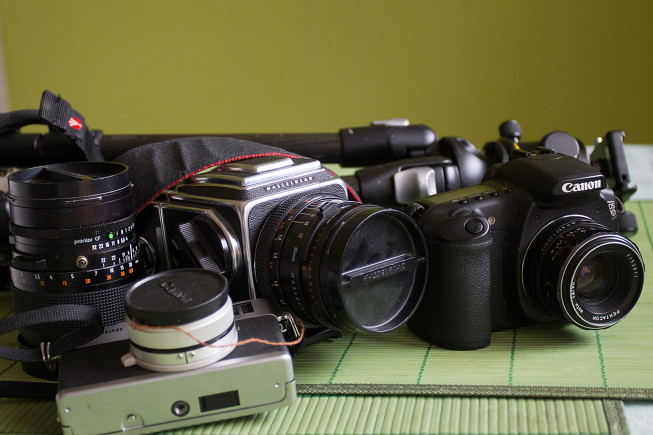
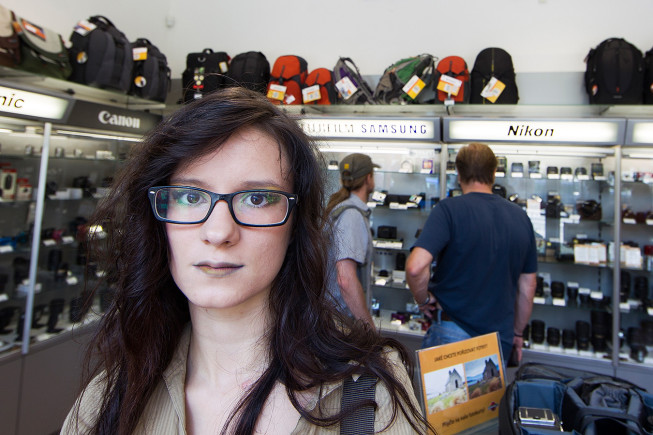
The Right Light
If you can choose, plan the shoot for a time other than noon. The light at other times of the day is much more appropriate for portrait photography. It’s softer, easier to work with, and less likely to cast hard shadows.
Take most of your indoor portraits somewhere near a window. When taking pictures from a half-meter to a meter away from a window, you can use exposure times 2–3× as long as at the other end of the room. That means that your model will be beautifully lighted and meanwhile you won’t have to worry about the background, because it will be darker and will get out the way.
The decision of where to position the model is up to you. Just make sure that the light falling on the model’s face is more intense than the background lighting. Avoid an overexposed background, as well as an underexposed face.
One of the most important parts of any portrait is the eyes. Take care to have both eyes receive the same light. The ideal situation here is to have “sparks” in the model’s eyes—these are reflections of the window (the light source) in their eyes. This makes the photo more personal and also guarantees that the eyes are getting enough light. Generally this involves having the model look out the window directly, or out of the corners of their eyes. This technique can be seen in many photos by one of the best natural-light portrait photographers out there—Steve McCurry.
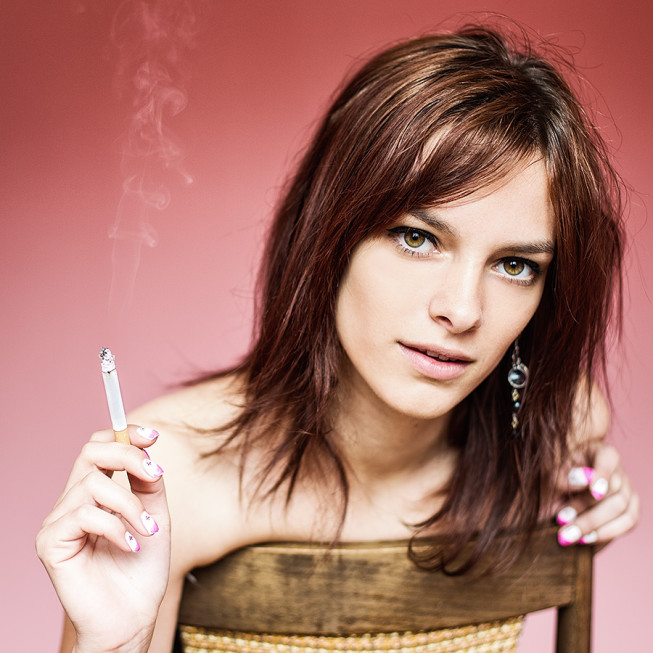
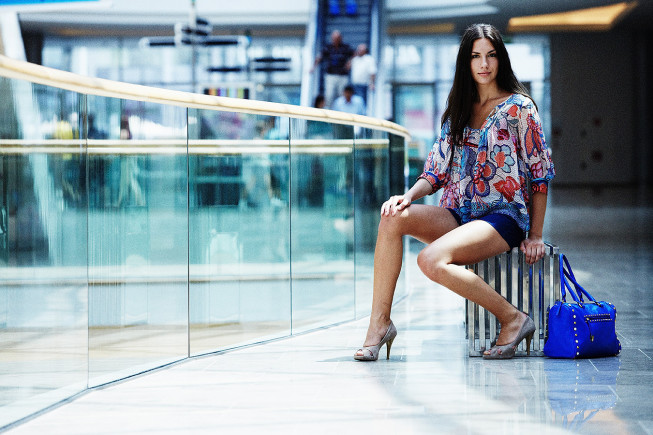
Camera Settings
If your camera allows it, set full manual (M), measure the intensity of the light falling on the model’s face, and based on that, set the ISO, speed, and aperture. Many automatic and even semiautomatic camera modes can change values behind your back, especially during indoor photography. Full manual avoids that risk.
Natural light is generally not very strong, so use a low f-number. Make sure meanwhile that both the eyes and the tip of the model’s nose fall within the depth of focus. If you don’t have full manual mode, then use manual aperture (“A” or “Av”) or at least the Portrait mode—but watch out for the built-in flash in Portrait mode. A flash will ruin the picture’s natural atmosphere. Again keep the f-number low, and make the camera measure light at the focus point, rather than the whole area of the scene. Otherwise you can end up with an overexposed photo, causing the subject’s face to have blowout (white areas without detail).
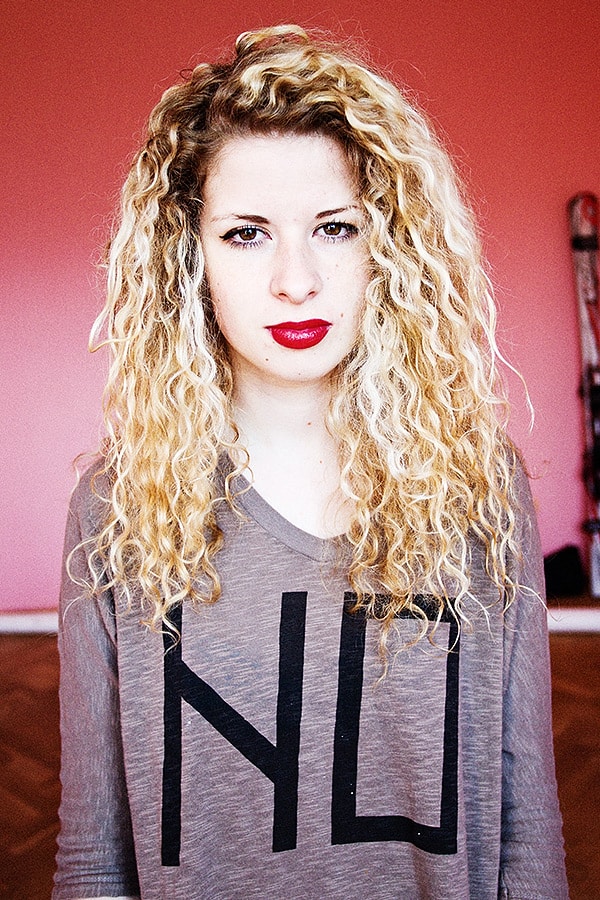

Motion in a Portrait? Why Not!
When you try all this yourself, you’ll quickly come to agree that even with a nice ISO of 100-140 and the typical F2 to F5.6, you’ll have room for nicely long exposures, around 1/15 to 1/60 s. That gives you plenty of space to put something in the room into motion. It can be a coffee cup, a newspaper… or even the start of a smile. There are lots of roads to a dynamic portrait.
Motion in a photograph gives it a story and gives it life. For these kinds of pictures you definitely want a tripod, to safely hold the camera still and to keep your hands free to mold the scene.
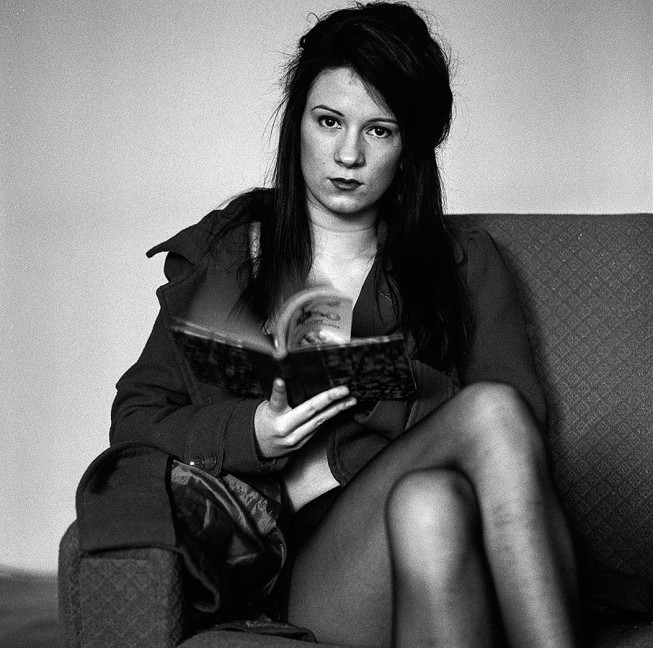
Hey, Eyes on Me!
Since you’re already using natural light, why not also use natural poses? Remember, the model’s expression is the most important part of a portrait. So don’t miss the point by making them a contortionist. Instead, try this approach: “Sit over here, however you feel comfortable.” The model then relaxes and won’t have to concentrate on their pose or even their expression. This gives them much more natural posture.
The one thing where you do want to be strict is the direction where they look. Let them know not to turn their whole head, but just their eyes. If they angle their whole head away from you, they’ll probably put one eye into shadow or completely change how the light is falling on their faces. But whatever you work out, work it out before even your first press of the trigger. It saves time and words, and lets you focus on the camera once you’re working with the camera.
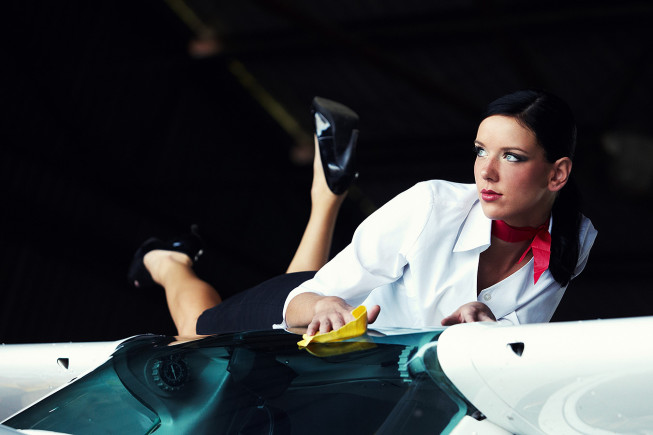
Tell a Story
A good portrait tells a story about its subject. If you have the time, learn about the model’s habits, favorite places and foods, and any other “banal” information that comes to mind, and work it into the photo. You won’t do any harm with this. A portrait is not a driver’s license photo, and it’s allowed to say a lot about the person inside it. It’s all up to you what your portrait will say.”
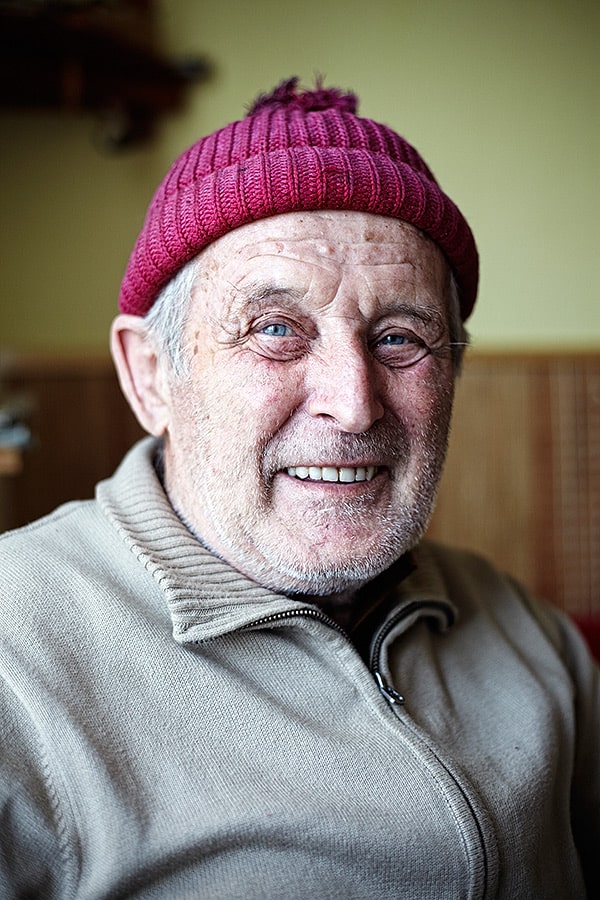
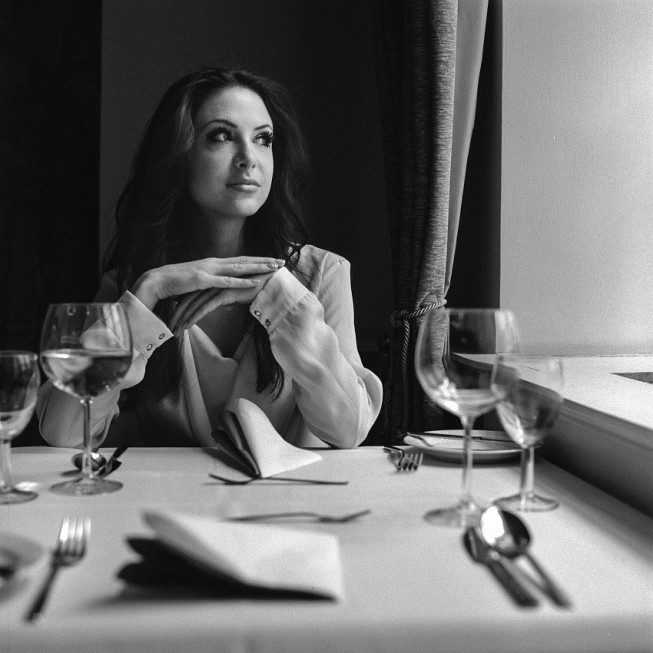
Discover the Power of Artificial Light in Photography
5 Techniques for Shooting in Natural Light
Light in Photography? Light Is Photography

There are no comments yet.